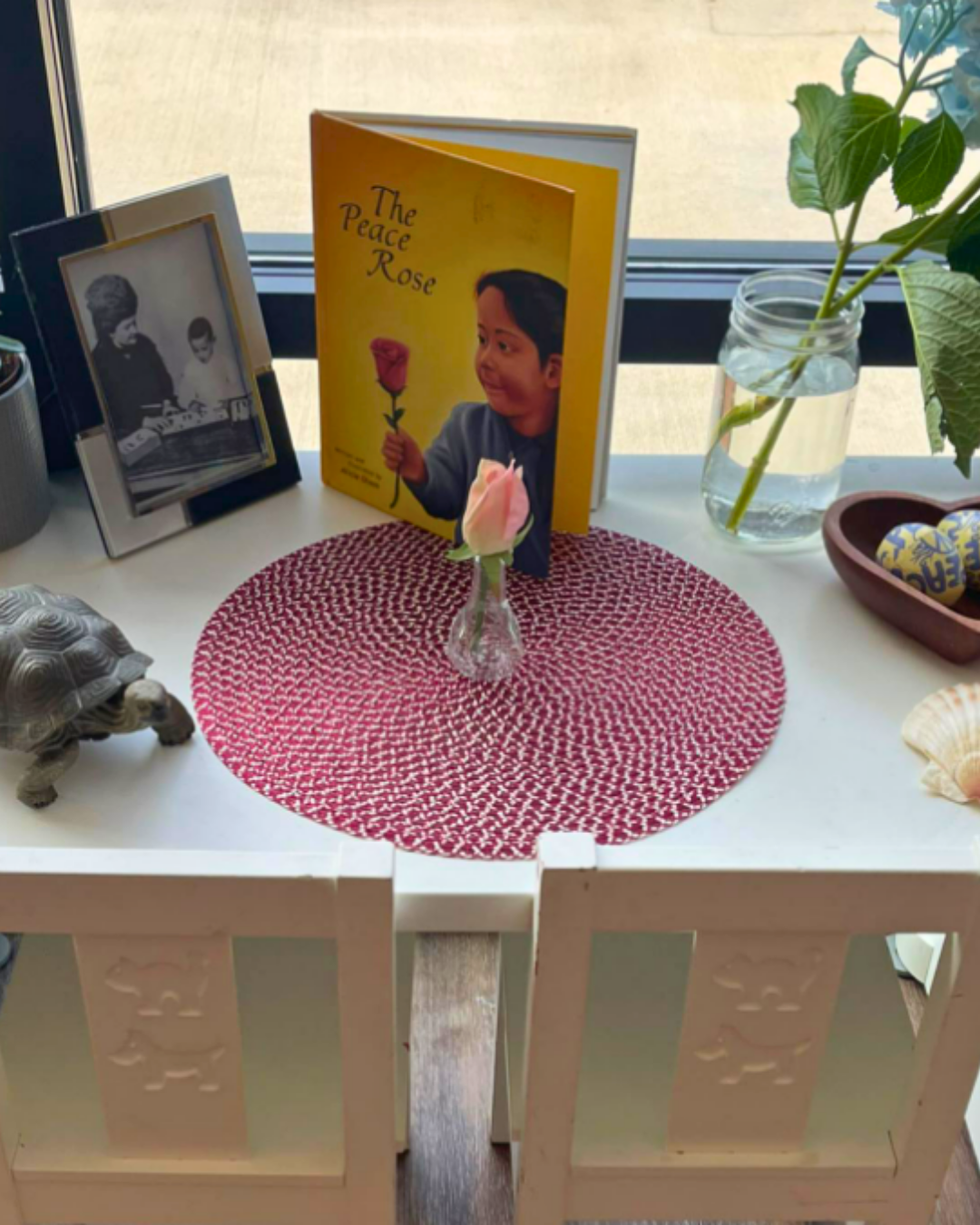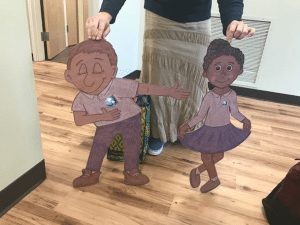Montessori Peace Corners: Supporting Emotional Self-Regulation
In early childhood, big feelings can arrive quickly. Frustration over a puzzle piece, disappointment when a friend chooses a different activity, or the excitement of a special day can all feel overwhelming to a young child. Learning to manage these emotions in a healthy way is a skill that develops over time and with guidance.
One tool that supports this growth is the peace corner, which is a quiet, inviting space where a child can pause, reflect, and calm their mind before rejoining the group. In a peace corner Montessori setting, this area is not a place for punishment, but rather a positive environment where children learn self-awareness and self-regulation.
What Is a Peace Corner?
A peace corner is a dedicated space in the classroom designed to help children regain calm. It might include a small table or cushion, soft lighting, calming objects, and tools for emotional expression such as a feelings chart or mindfulness cards.
The goal is to give children the opportunity to recognize when they need a break and to take that break without shame or stigma. Over time, this practice builds independence in emotional management: a key life skill.
The Purpose Behind the Peace Corner
In traditional settings, children are often told to “sit out” when they have difficulty controlling their behavior. In contrast, the peace corner Montessori approach treats these moments as learning opportunities. Instead of being excluded, the child is empowered to choose a space where they can calm themselves.
This autonomy is important. It helps children understand that emotions are normal and manageable, and that they have the tools to work through them. The peace corner is a safe, consistent place where these tools are always available.
How the Peace Corner Supports Emotional Self-Regulation
Self-regulation is the ability to manage emotions, thoughts, and behaviors in response to different situations. It is learned over time through consistent practice. The peace corner offers that practice in several ways:
- Recognition of Feelings: Children learn to identify their emotions, whether by naming them or using visual aids like emotion cards.
- Choice of Calming Strategies: The peace corner may offer sensory bottles, breathing exercises, or soft textures to touch. Children explore which strategies help them feel better.
- Safe, Predictable Space: Knowing there is a familiar place to go when emotions run high builds confidence and reduces anxiety.
- Independent Action: Because the peace corner is available at any time, children learn to recognize when they need it without waiting for an adult’s permission.
Introducing the Peace Corner to Children
At the start of the year, teachers introduce the peace corner during a calm, neutral time. They model how to use it, explaining that it is a place for anyone who wants a moment of quiet, not a place for punishment.
Role-playing can be helpful. A teacher might pretend to feel frustrated, then say, “I think I’ll visit the peace corner to take a few deep breaths.” This shows children that even adults benefit from taking time to reset.
What You Might Find in a Peace Corner Montessori Space
- Comfortable seating such as a floor cushion or small chair.
- Soothing sensory items like a sand timer, soft fabric, or a small basket of smooth stones.
- Visual aids such as an emotions wheel or calming sequence cards.
- Mindfulness tools including simple breathing exercises or short guided meditation recordings.
- Nature elements like plants, seashells, or natural light to create a calming atmosphere.
The Role of the Teacher
Teachers do not send children to the peace corner; instead, they encourage children to recognize their own needs. If a child is upset, a teacher might gently say, “Would you like to visit the peace corner?” while offering reassurance.
Over time, children begin to make this choice independently. Teachers then support by checking in afterward, helping the child reflect on what worked and how they might use those strategies again.
Extending the Concept at Home
Families can create a small peace space at home to support emotional self-regulation outside of school. This might be a quiet corner in the living room with a favorite blanket, a few soft toys, and some calming items like a snow globe or small plant.
Using the space should be voluntary, and parents can model its use just as teachers do. This consistency between home and school strengthens the child’s understanding that emotions can be acknowledged and managed in healthy ways. Creating such calm spaces at home helps children develop resilience and coping strategies.
Why the Peace Corner Works
The success of a peace corner Montessori approach lies in its respect for the child. Rather than imposing an external consequence, it gives children ownership of their emotional state and the means to manage it.
When children are trusted with this responsibility, they rise to meet it. Over time, they become more skilled at recognizing early signs of frustration or overstimulation and taking action before emotions boil over.
Five Core Benefits of a Peace Corner Montessori Approach
- Promotes emotional awareness – children learn to recognize and name feelings.
- Builds independence – children choose when and how to calm themselves.
- Encourages empathy – children respect others’ need for space and quiet.
- Supports lifelong coping skills – strategies learned here apply beyond the classroom.
- Creates a culture of respect – emotions are seen as natural, not disruptive.
A Tool for Life
The peace corner is a training ground for emotional intelligence. By offering a consistent, inviting place for self-reflection and calm, the peace corner Montessori approach teaches children that they have the ability to manage their feelings in constructive ways.
If you want to see how this simple but powerful tool helps children navigate their emotions with confidence, consider visiting a classroom to observe it in action. Watching a child choose to take a mindful break, breathe deeply, and then rejoin their work offers a clear reminder: learning to regulate emotions is as important as learning to read or count.Find a Montessori Kids Universe school near you to see how an environment that values emotional growth can set the stage for a lifetime of resilience and self-awareness.


